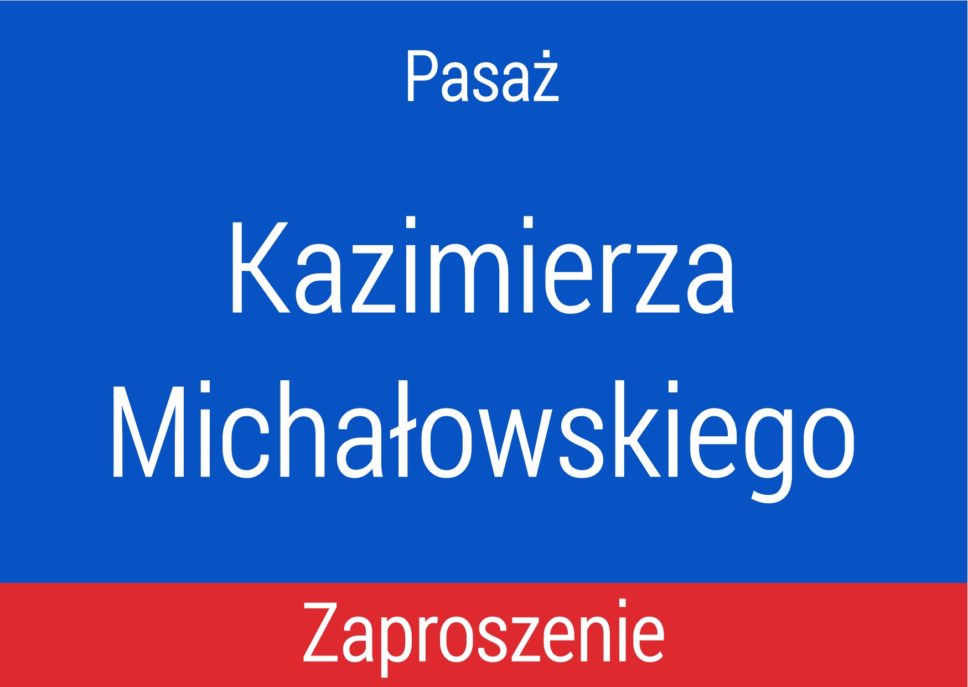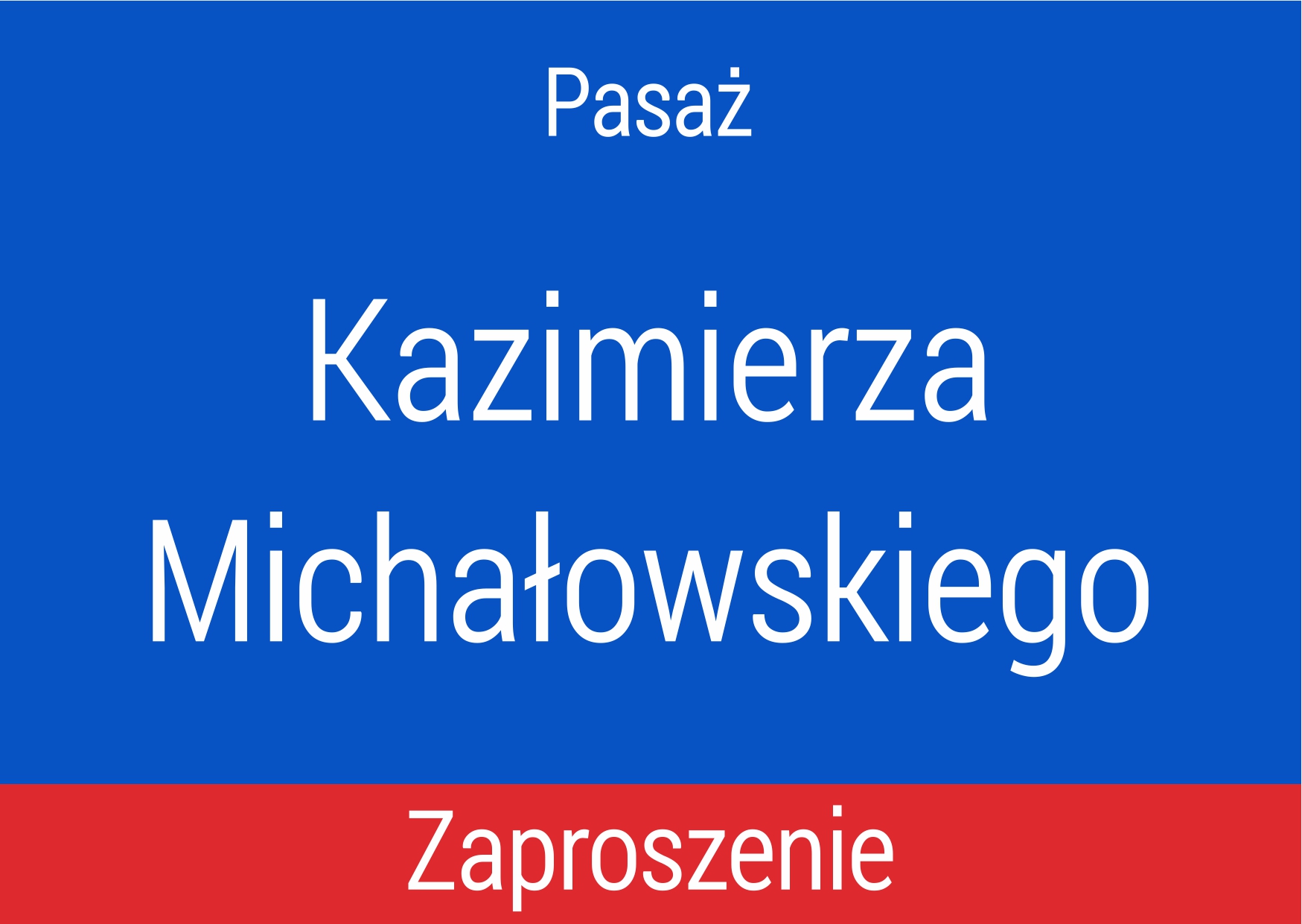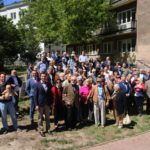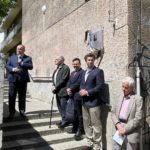The Warsaw City Council has recently approved a resolution to name a pedestrian passage in the Northern Downtown area, close to the University of Warsaw, after Kazimierz Michałowski. A ceremony to honor this decision will take place on May 17th, with the participation of the University of Warsaw authorities, Professor Michałowski’s students, and representatives of the archaeological community.
Professor Kazimierz Michałowski (1901-1981), a great erudite and world-renowned scholar, was not only a researcher and discoverer of fascinating relics of ancient and medieval civilizations but also an academic teacher who exerted a lasting influence on the development of Polish science. He was the forerunner of Mediterranean archaeology at the University of Warsaw (UW). Thanks to him, the Chair of Classical Archaeology was established at UW as early as 1931. In 1959, thanks to his efforts, the Polish Centre of Mediterranean Archaeology was established in Cairo; it coordinated Polish archeological fieldwork throughout the eastern Mediterranean. Also, thanks to Prof. Michałowski, the Department of Mediterranean Archaeology was established at the Polish Academy of Sciences. Michałowski served also as deputy director of the National Museum in Warsaw. He was also a member of the Polish Academy of Sciences. As an internationally renowned scholar, he was awarded honorary degrees by various institutions and universities, including those in Strasbourg, Cambridge, and Uppsala.
Michałowski’s expeditions yielded incredible discoveries that thrilled the scientific community and the public alike. The pioneering research of Polish archaeologists was described in the media, and even found its way into the pages of fiction of the period. The discovery of medieval Christian art in Faras, Sudan, was a sensational outcome of a salvage research project carried out under the supervision of UNESCO. The international campaign was conducted in preparation for the construction of a dam on the Nile. This discovery not only led to the establishment of a new branch of archaeology, known as Nubiology, but also tested the skills and efficiency of the Polish team of archaeologists, architects, and conservators. The team successfully rescued the masterpieces of wall paintings just before they were submerged by the waters of Lake Nasser.
At the same time, excavations initiated by Professor Michałowski were underway in Egypt – at Tell Atrib (ancient Athribis). Further research was conducted in various archaeological sites, resulting in remarkable discoveries. In ancient Alexandria, Egypt’s best-preserved building in the form of a theater, was found, as well as the largest preserved imperial baths. In Deir el-Bahari, in Western Thebes, the Polish team worked on the reconstruction of the temple of Queen Hatshepsut and discovered the terraced temple of Thutmosis III. Further discoveries were made in Nea Paphos in Cyprus (including some exquisite mosaics), in Palmyra – the capital of Queen Zenobia of Syria – (including Diocletian’s Camp and the tower tombs), and Old Dongola in Sudan, the capital of the Christian kingdom of Makuria.
These findings received high praise, providing scientists with abundant material for further study and publication. Polish research and discoveries at these sites continue to this day, and more projects in other countries have since been added to the list of expeditions headed by Prof. Michałowski’s students and successors. To address this challenge, in 1990, the Polish Centre of Mediterranean Archaeology (PCMA) UW was established in Warsaw, and it took over the management of the Research Centre in Cairo. Tthe PCMA’s patron is Kazimierz Michałowski.
Prof. Michałowski’s work has been of great benefit to Polish culture, science, and – particularly – to Warsaw. The collection of the National Museum in Warsaw was enriched as a result of his excavations: artifacts from French-Polish research in Edfu in the 1930s became the core of the Egyptian part of the Gallery of Ancient Art. But most importantly, the museum also aquired a unique assemblage of Nubian wall paintings from the Faras Cathedral: half of the artworks that had been saved from the flood were taken to Warsaw for extensive conservation work and permanent display. Thus, the Faras Gallery was created at the National Museum in Warsaw, and is now home to a collection of Nubian art unparalleled outside Sudan. The gallery is is now named after Professor Kazimierz Michałowski.
Despite Kazimierz Michalowski’s being a patron of streets in other Polish cities, such as Częstochowa, Malbork, and Brwinów, the urban space of the capital lacked such a commemoration. A group of Michałowski’s students and associates made efforts to have the remarkable scholar honored in the city where he worked for most of his life. On March 14, 2024, the Warsaw City Council passed a resolution naming a pedestrian passage in the Śródmieście District after Kazimierz Michałowski.
The Kazimierz Michałowski Passage is situated near the University of Warsaw and next to the Polish Academy of Sciences. It is also located round the corner from the house on Sewerynów Street, where he lived. Despite its small size, the passage holds great significance as it commemorates Professor Michałowski and his legacy.
Press Release: PDF
-
fot. Mirosław Kaźmierczuk
-
fot. Waldemar Jerke
-
fot. Waldemar Jerke
-
fot. Mirosław Kaźmierczuk
-
fot. Waldemar Jerke
-
fot. Waldemar Jerke











